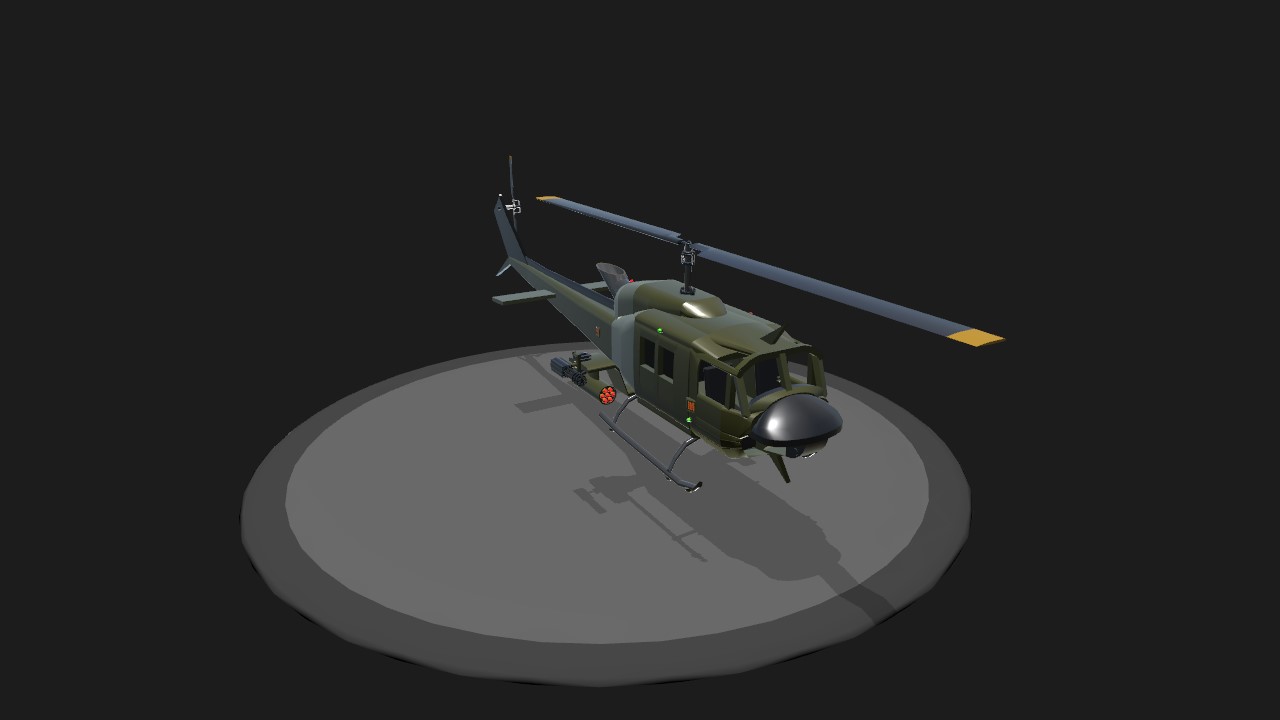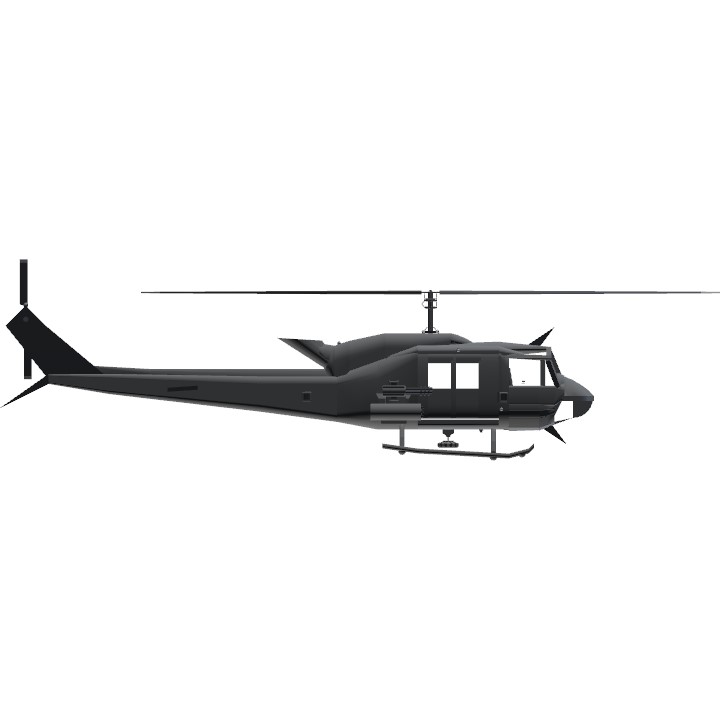The Bell UH-1 Iroquois (nicknamed "Huey") is a military helicopter designed and produced by the American aerospace company Bell Helicopter. It is the first member of the prolific Huey family, as well as the first turbine-powered helicopter in service with the United States Military. Development of the Iroquois started in the early 1950s, a major impetus being a requirement issued by the United States Army for a new medical evacuation and utility helicopter. The Bell 204, first flown on 20 October 1956, was warmly received, particularly for the performance of its single turboshaft engine over piston engine-powered counterparts. An initial production contract for 100 HU-1As was issued in March 1960. In response to criticisms over the rotorcraft's power, Bell quickly developed multiple models furnished with more powerful engines; in comparison to the prototype's Lycoming YT53-L-1 (LTC1B-1) engine, producing 700 shp (520 kW), by 1966, the Lycoming T53-L-13, capable of 1,400 shp (1,000 kW), was being installed on some models. A stretched version of the Iroquois, first flown during August 1961, was also produced in response to Army demands for a version that could accommodate more troops. Further modifications would include the use of all-aluminum construction, the adoption of a rotor brake, and alternative powerplants. The Iroquois was first used in combat operations during the Vietnam War, the first examples being deployed in March 1962. It was used for various purposes, including conducting general support, air assault, cargo transport, aeromedical evacuation, search and rescue, electronic warfare, and ground attack missions. Armed Iroquois gunships carried a variety of weapons, including rockets, grenade launchers, and machine guns, and were often modified in the field to suit specific operations. The United States Air Force deployed its UH-1 Iroquois helicopters to Vietnam, using them to conduct reconnaissance operations, psychological warfare, and other support role
Specifications
General Characteristics
- Predecessor Gator 2
- Created On iOS
- Wingspan 16.6ft (5.1m)
- Length 58.4ft (17.8m)
- Height 16.3ft (5.0m)
- Empty Weight 10,162lbs (4,609kg)
- Loaded Weight 12,324lbs (5,590kg)
Performance
- Power/Weight Ratio 5.17
- Wing Loading 94.7lbs/ft2 (462.3kg/m2)
- Wing Area 130.2ft2 (12.1m2)
- Drag Points 6574
Parts
- Number of Parts 171
- Control Surfaces 0
- Performance Cost 625




